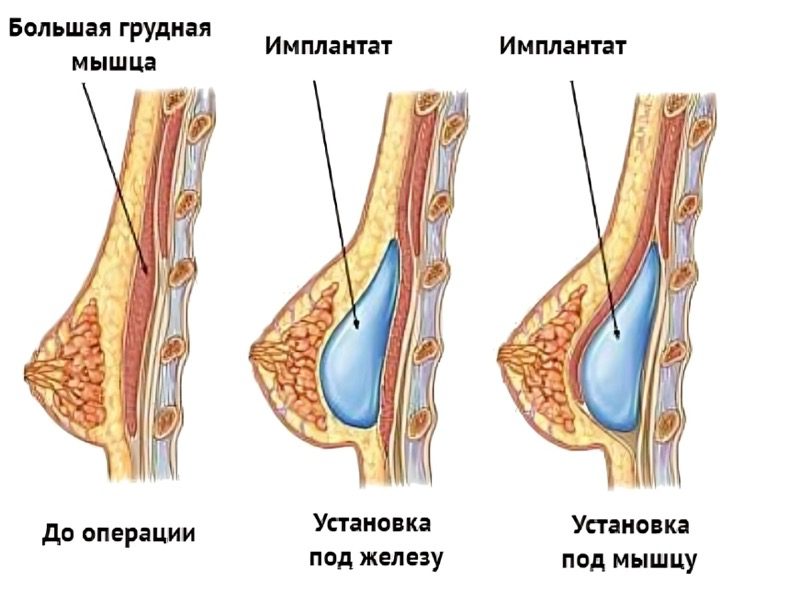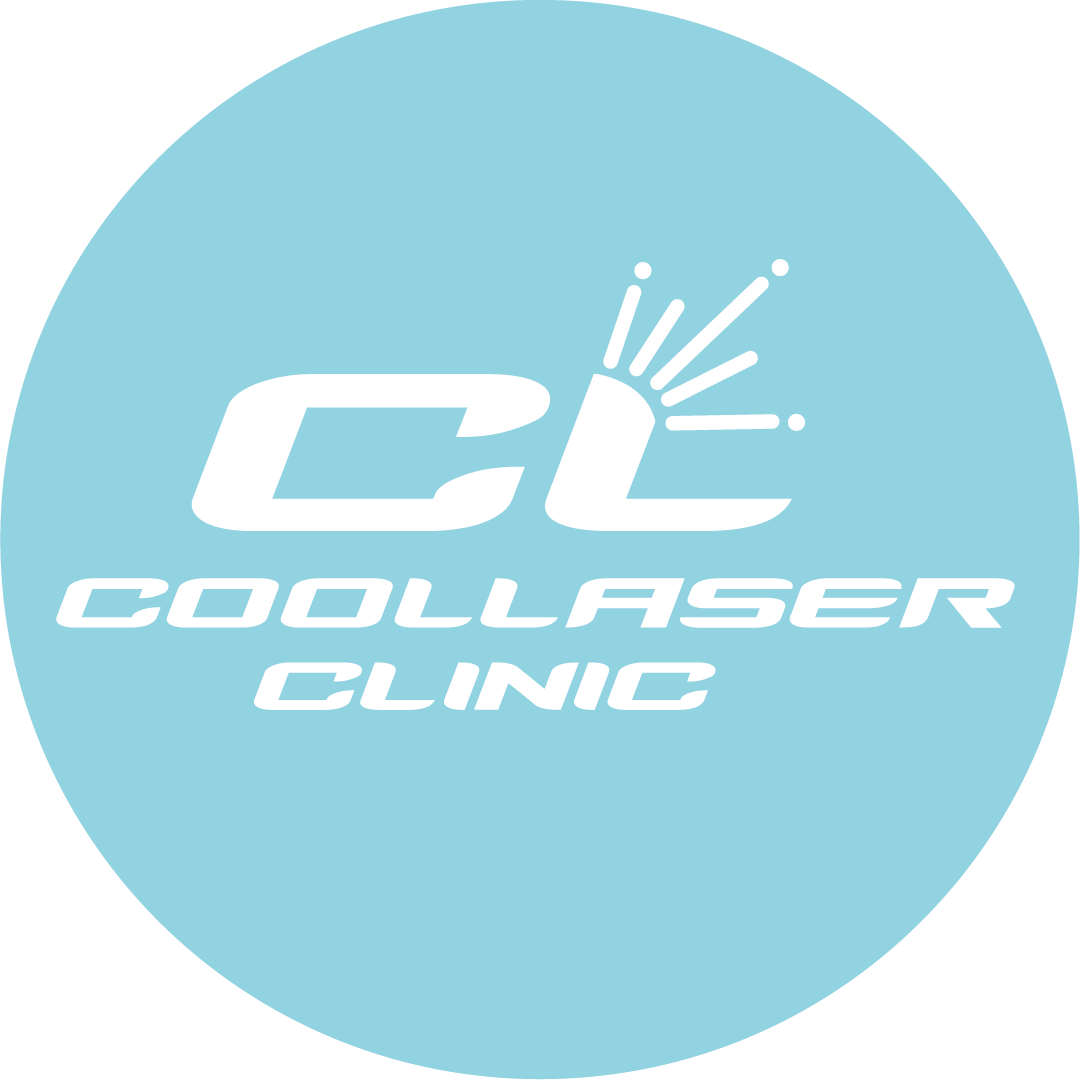Is breastfeeding possible after breast augmentation?
A very important and natural question that concerns many women who decided to enlarge their breasts before pregnancy is whether breastfeeding is possible after breast augmentation. In this article we will understand how mammoplasty can affect a woman’s ability to breastfeed, discuss possible risks, give practical advice and answer frequent questions on this topic.

What mammoplasty is and how it is performed
Mammoplasty is a surgical procedure to change the size and shape of the breasts. It can be:
Breast augmentation is most commonly done with implants. Depending on the individual characteristics of the patient and the surgeon’s recommendations, implants can be placed under or above the pectoral muscle.
What is the safest way to breast augmentation
Types of mammoplasty incisions
- Periareolar incision: around the areola.
- Inframammary incision: under the breast.
- Transaxillary incision: through the axilla.

Each method has advantages and disadvantages, and the choice of incision method can affect your ability to breastfeed.
Dependence on surgical technique
Why can a periareolar incision cause problems?
| Factor | Reason | Implications for breastfeeding |
|---|---|---|
| Nerve damage | The nerve endings around the areola send signals to the brain to produce the hormone oxytocin, which is responsible for the release of milk. | When nerves are damaged, nipple sensitivity is reduced, impairing the milk ejection reflex, making feeding more difficult. |
| Breach of the milk ducts | The milk ducts that run through the areola may be damaged or blocked during the incision. | Milk flow is reduced or blocked, which can cause milk stagnation and discomfort during feeding. |
| Decreased sensitivity | It may take a long time to regain sensitivity in the areola area, or it may not return at all. Lactation cannot be maintained without sufficient stimulation. | The brain does not receive signals to produce milk, resulting in decreased natural lactation and difficulty in maintaining feedings. |
| Probability of complications | Elevated compared to other incision methods because the incision is close to nerves and ducts, increasing the risk of damaging them. | Periareolar incision is riskier for breastfeeding compared to inframammary or transaxillary incisions. |

Thus, the periareolar incision is considered riskier for future breastfeeding, compared to other incision techniques such as inframammary (under the breast) or transaxillary (through the axilla).
Dependence on the method of implant placement
The location of the implants can also affect the ability to feed. Implants placed under the pectoral muscle tend to have less impact on the mammary glands and ducts, which reduces the risk of lactation problems.

| Parameter | Implants under the pectoral muscle | Implants above the pectoral muscle |
|---|---|---|
| Pressure on the mammary glands | Minimal pressure as the implants are positioned deeper | Implants put direct pressure on the breast tissue |
| Effect on milk ducts | The milk ducts remain intact | There may be a risk of squeezing or damaging the ducts |
| Risk of impaired milk production | Low risk because breast tissue remains active | Higher risk of reduced milk production |
| Nipple and areola sensitivity | Less impact on nerve endings | Possible loss of sensation in the nipple area |
| Probability of successful breastfeeding | High | Lower compared to under-muscle implants |
This table illustrates how the location of implants can affect breastfeeding. Placing implants under the pectoral muscle provides the best conditions for maintaining normal breast function.

Thus we come to the opinion that the safest way of breast augmentation for future breastfeeding is: Implants under the pectoral muscle with the incision technique under the breast or through the axilla.
How do I prepare for breastfeeding after mammoplasty?
Consultation with a surgeon and lactation consultant
Before planning pregnancy and breastfeeding, it is important to discuss all risks and options with the doctor who performed the surgery and a lactation consultant. These professionals will be able to assess the condition of the breasts and offer the best solutions.
Physical condition of the mammary glands
The condition of the breast tissue after surgery, restoration of nipple sensitivity, and a woman’s overall health play a key role in successful breastfeeding.
What difficulties might arise?
Недостаточная выработка молока
After mammoplasty, some women may experience a problem with insufficient milk production. This may be due to damage to the nerves or milk ducts.
Painful sensations when feeding
In some cases, women experience painful breastfeeding sensations, especially if the incision was made in the area of the areola. It is important to make sure that the baby grasps the nipple correctly and, if necessary, use special pads.
Tips about breastfeeding after breast augmentation
1. Continuous breast stimulation
One important factor in successful lactation is regular breast stimulation. The more the baby sucks on the breast, the more milk will be produced.
2. using a breast pump
You can use a breast pump between feedings to increase milk production. This is

will help stimulate the mammary glands and support lactation.
3. Healthy nutrition and hydration
Mother’s nutrition plays an important role in the breastfeeding process. Drinking plenty of water and a healthy, balanced diet contribute to normal milk production.
4. Breast health monitoring
It is important to examine your breasts regularly for lumps, pain or redness. This will help you detect possible complications such as mastitis or milk stagnation.
Myths about breastfeeding after breast augmentation
Myth 1: It is impossible to breastfeed after breast augmentation
Many women think that surgery completely eliminates breastfeeding after mammoplasty, but this is not true. Most women successfully breastfeed after mammoplasty if the surgery was done correctly.
Myth 2: Implants affect milk quality
Implants do not affect the composition or quality of breast milk. The mammary glands continue to produce milk as they did before the operation.

Frequently Asked Questions
1. Can I breastfeed if the implants are placed under the muscle?
Yes, when implants are placed under the muscle, the risk of breast disruption is minimal, allowing most women to breastfeed successfully.
2. Are there ways to increase milk production after surgery?
Feeding your baby regularly, using a breast pump, and consulting with a lactation consultant can help stimulate milk production.
3. How long do I have to wait after surgery to start breastfeeding?
Women are advised to wait at least 6 months after mammoplasty before planning a pregnancy to allow the breast tissue to fully recover.
Breastfeeding statistics after breast augmentation
According to various medical studies, breastfeeding after mammoplasty is possible for most women, although there are some differences depending on the technique of surgery and individual body characteristics. The table below summarizes the results of studies related to breastfeeding success after breast augmentation.
| Study Parameters | Percentage of women who breastfeed successfully | Note |
| Placement of implants under the pectoral muscle | 85% | The risk of damage to the milk ducts is reduced |
| Placement of implants above the pectoral muscle | 75% | Possible difficulties with milk production |
| Periareolar incision | 60% | Higher risk of nerve and duct damage |
| Inframammary incision | 90% | Less impact on breastfeeding capacity |
| Transaxillary incision | 88% | Minimal interference with breast tissue |

Examples of world stars breastfeeding after breast augmentation
Victoria Beckham
One of the most famous British celebrities, Victoria Beckham, previously admitted that she had breast augmentation surgery early in her career. Despite this, she successfully breastfed her children. In an interview with Vogue magazine, Victoria shared her experience: “It wasn’t an easy process, but I’m proud that I was able to breastfeed.
Kourtney Kardashian
Another famous reality TV star, Kourtney Kardashian, also underwent mammoplasty. Despite this, she successfully breastfed her three children. In an interview for People, she said that she had difficulties in the initial stages, but with the help of breastfeeding counselors, she was able to overcome these difficulties and establish the breastfeeding process.
Pamela Anderson
Pamela Anderson, star of the TV series Baywatch, is one of the first to publicly reveal that she had implants and that it didn’t stop her from breastfeeding her sons. In an interview with Elle magazine, Pamela noted, “I want women to know – it’s possible. You don’t have to be afraid that implants will affect your maternal responsibilities.

Breastfeeding after breast augmentation is possible and in most cases successful, if the operation is performed correctly and the mother follows the doctors’ recommendations. It is important to monitor the condition of the breasts, consult with lactation specialists and be prepared for possible difficulties.

Calculate the exact cost of “Breast Augmentation with Implants” surgery
Leave your details and we will get back to you with an accurate quote for the surgery

Taking into account the individual characteristics of each woman, breastfeeding after breast augmentation depends on many factors. Consultations with Coolaser Clinic plastic surgeons and taking care of breast health will help to make this process as comfortable as possible for mother and child.
Sources:






